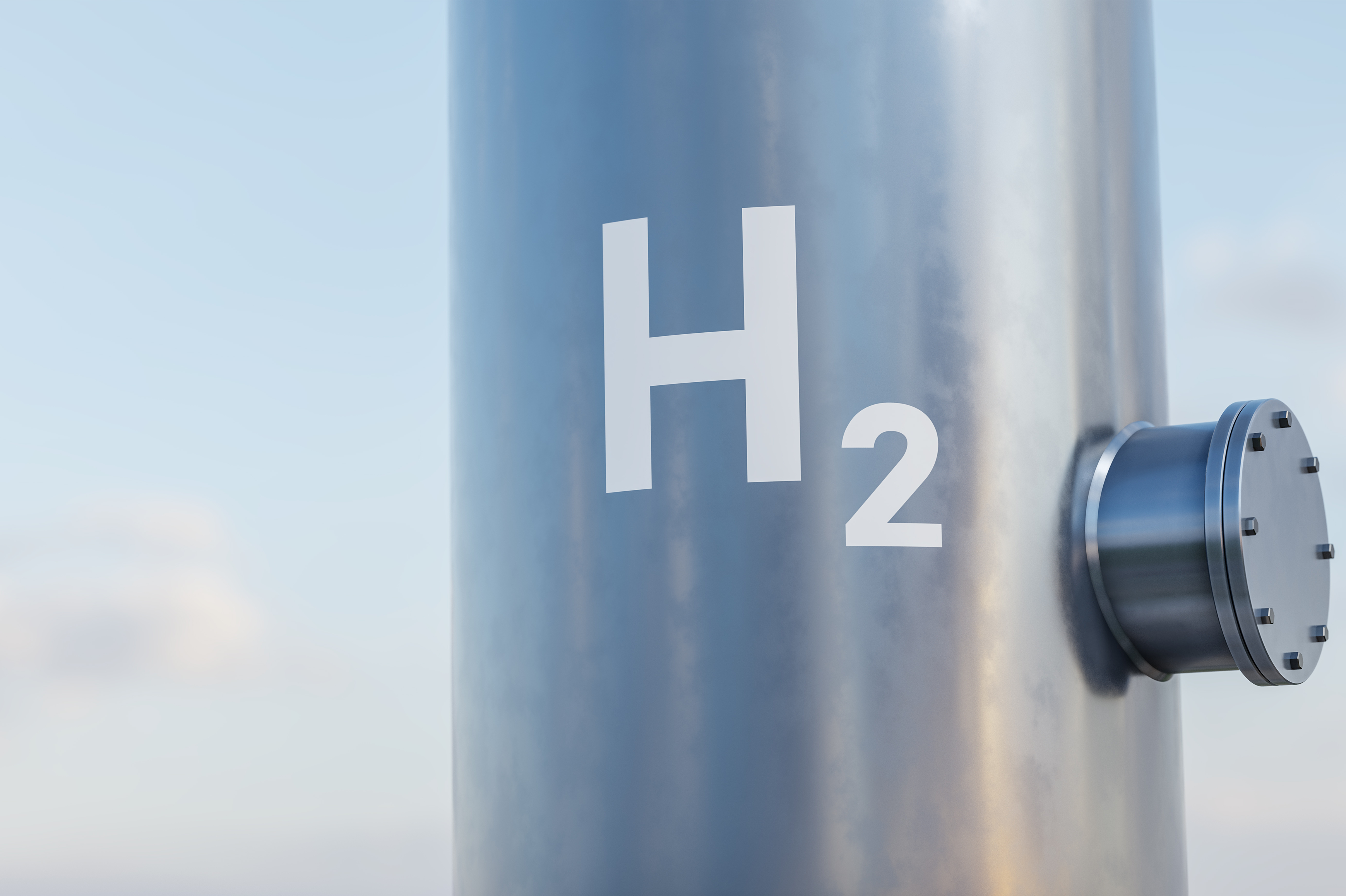Key measurements for cleaning
Several critical parameters must be measured and controlled to ensure successful hydrogen purification:
1. Monitoring hydrogen purity:
-
Continuous monitoring of hydrogen purity ensures that the desired quality is achieved, whether for industrial processes or high-purity applications such as fuel cells. This helps operators maintain efficiency and avoid disruptions caused by impurities.
2. Removal of moisture (water vapour):
-
Too much moisture in hydrogen can cause corrosion of pipes and storage tanks and impair the performance of fuel cells. It is essential to measure and control the moisture content to ensure the long-term reliability and efficiency of the system.
3. Oxygen removal:
-
Even traces of oxygen in hydrogen can lead to flammable or explosive conditions. In fuel cells, oxygen contamination can also cause damage to components and lower efficiency, so the removal and monitoring of oxygen is critical to both safety and performance.
4. Removal of carbon monoxide and carbon dioxide:
-
These contaminants can poison catalysts, especially in fuel cell applications, reducing efficiency and longevity. Monitoring carbon monoxide (CO) and carbon dioxide (CO2) levels is essential to ensure that they are reduced to acceptable limits, often in the parts per million (ppm) range.
Purification Technologies
The most common purification technology is pressure swing adsorption (PSA), which is often used for larger applications, such as Steam methane reforming (SMR) and removes multiple components or can also be used for individual components such as water (moisture); dryer beds use molecular sieve materials in reactors with alternating moving bed and packed bed configurations with an intermediate regeneration stage and are often more economical for smaller quantities. While the above purification methods are carried out in batches or by cyclic processes, membrane and catalyst systems usually operate continuously in a single pass until they need to be replaced.
Cyclic processes place different demands on gas sampling. The user's measurement strategy is based not only on the chosen measurement technique and the required specifications, but also on the specific operating conditions of the cleaning system. Measurements can be carried out at line or atmospheric pressure, with the exact measuring point or extraction determining the response time and accuracy. The correct sampling system must be used to cope with operational disturbances, especially for measurements in the trace range.
What types of analysers are used for hydrogen cleaning?
Purification is a critical step in hydrogen production to ensure that the hydrogen meets the required purity standards for the intended application. The effective measurement and removal of contaminants such as carbon monoxide, moisture and oxygen is key to ensuring safety, system longevity and the efficiency of downstream processes. By using advanced analysis and monitoring solutions, hydrogen producers can deliver high-quality, pure hydrogen for a range of industrial and energy applications.
